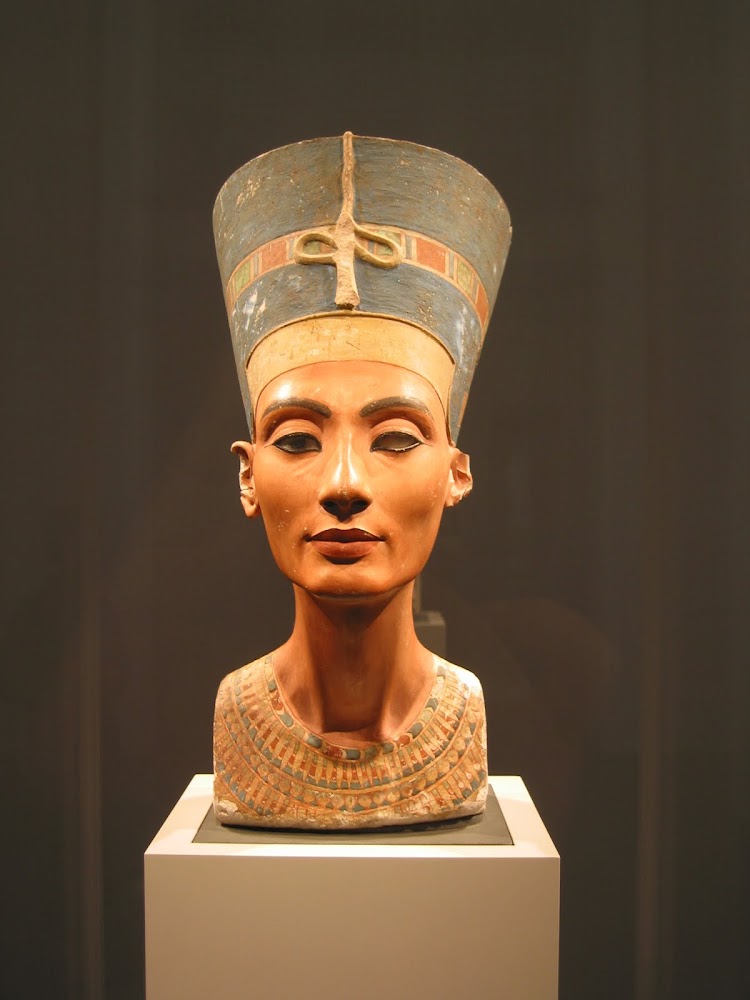
I'm afraid that if you look at a thing long enough, it loses all of its meaning.
This quote from Andy Warhol applies to many aspects of life, but is specifically relevant when it comes to art.
Andy Warhol's Campbell's Soup cans had, unfortunately, fallen into the "familiarity breeds contempt" category for me, until I received an email from a friend last week with the photo above attached. Suddently, I was newly inspired by the familiar work and created four outfits to correspond with the color scheme of the cans' counterparts.

Synonymous with the Pop Art movement, Warhol's Campbell's Soup cans symbolized mundane commercialism, compounded by both the subject and the method of these works. Not only was Campbell's Soup marketed and distributed to mass consumers, but the method by which these works were created--silkscreen--was connected with mass production as well. These works are infinitely important art historically because they signify the move away from the idea of the artist as creative, expressive genius and simultaneously encapsulate the increasing commercialization of society in the 1950s and 1960s.




To view more photos and details of the rest of the outfits, visit my facebook page!
[Warhol image from gypsyart.yolasite.com.]









































